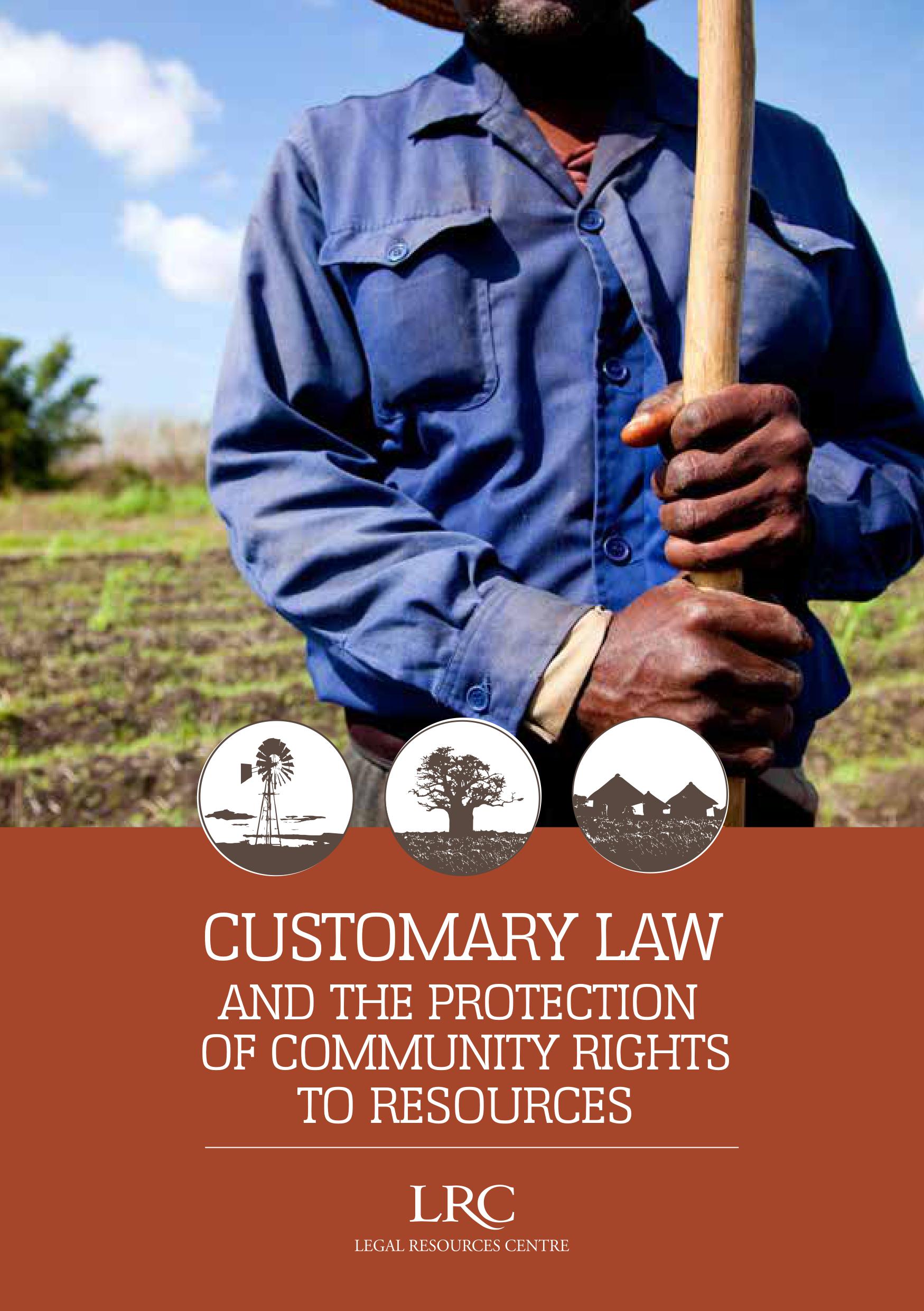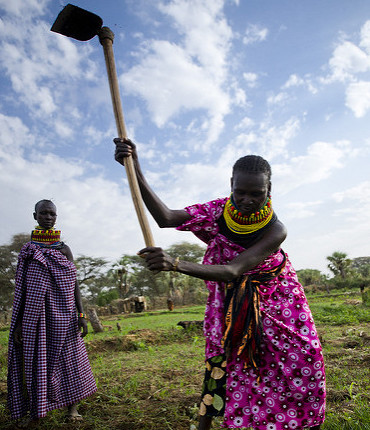Does customary tenure have a role in modern economic development?
Over 80% of all land in Uganda is held under unregistered ‘customary tenure’. This means that it is private property, but the owners need no documents to prove ownership. Their claims to the land, and the boundaries of the land, are locally recognised, and this recognition is given the full protection of State law.





